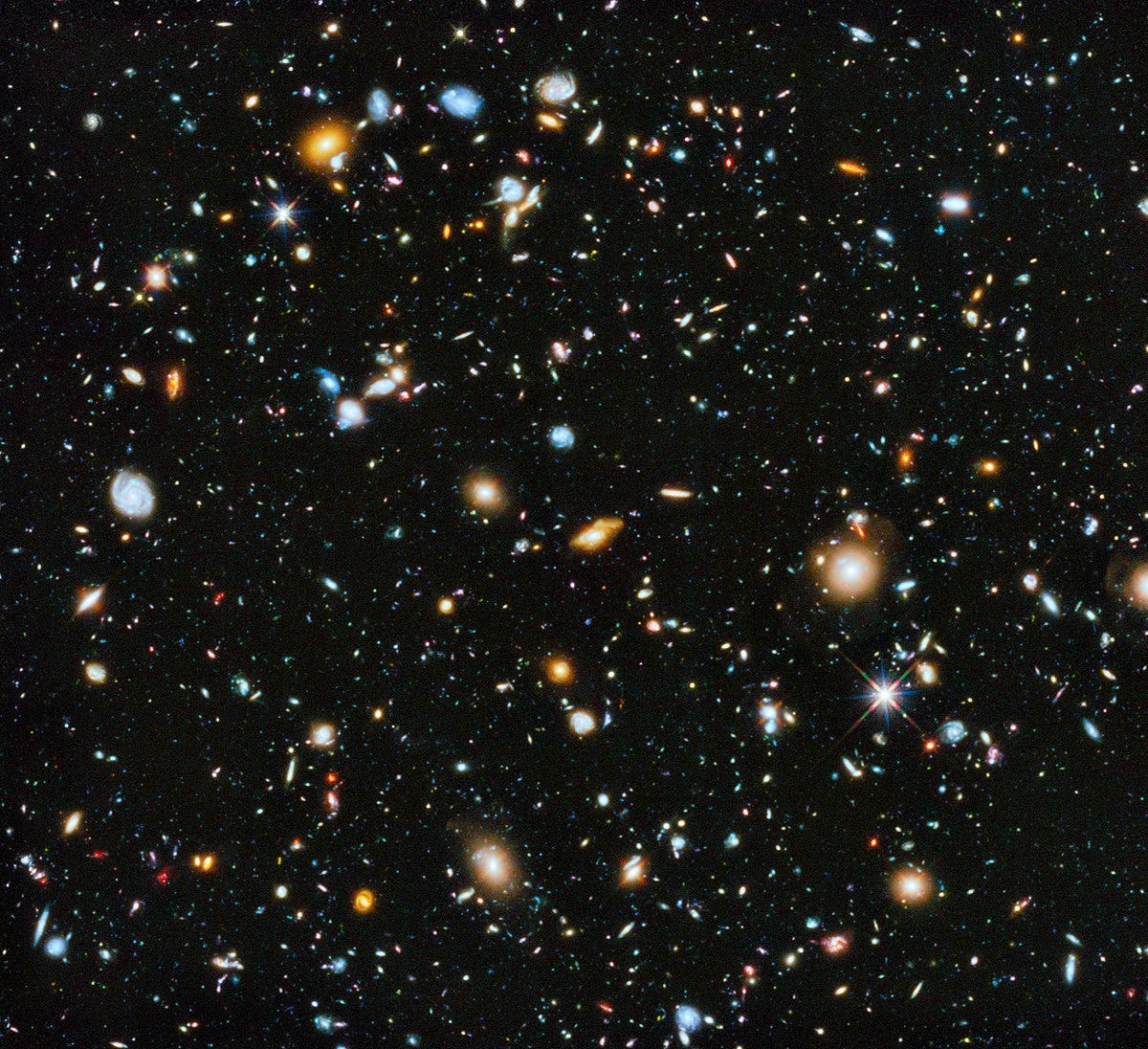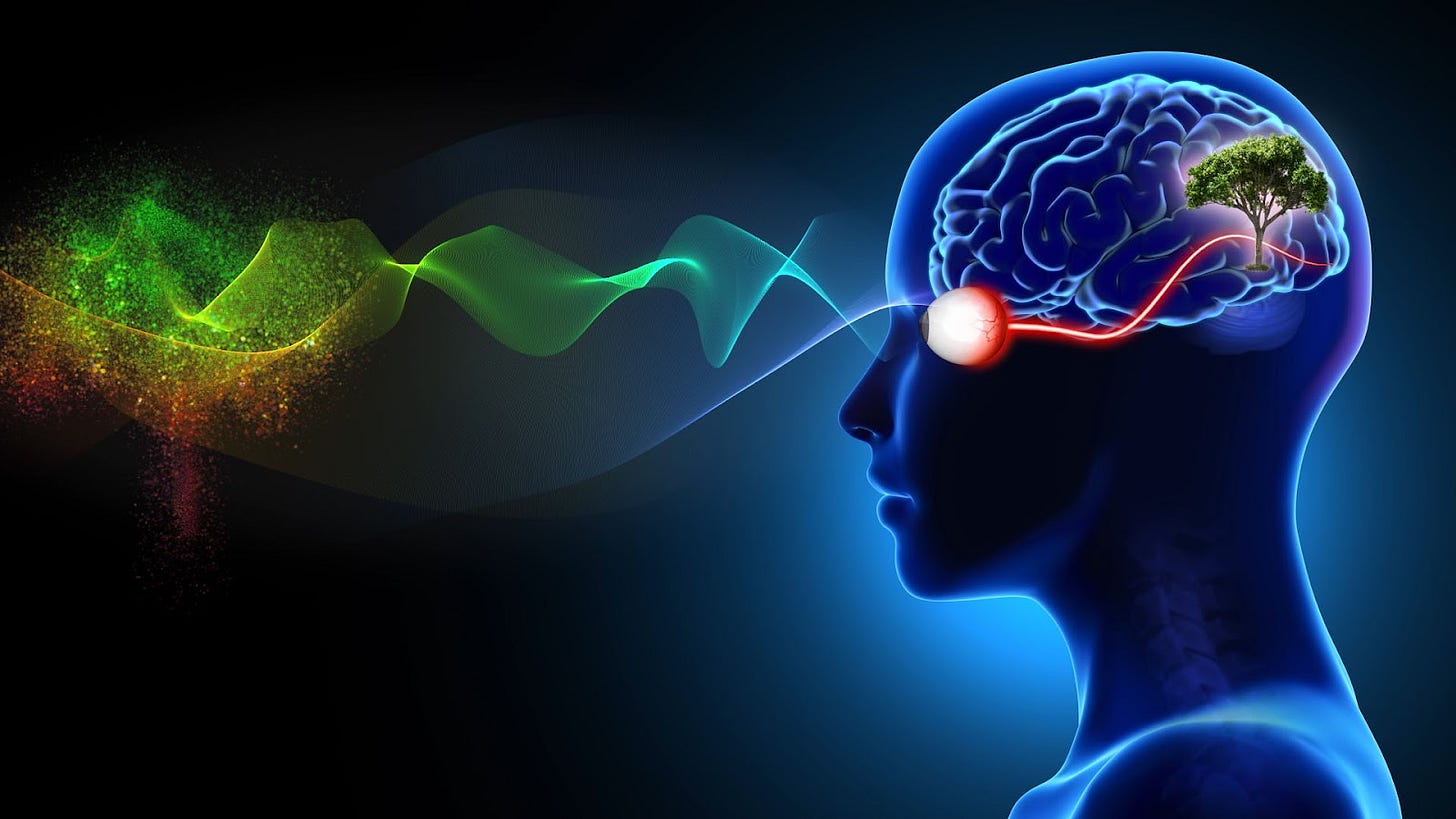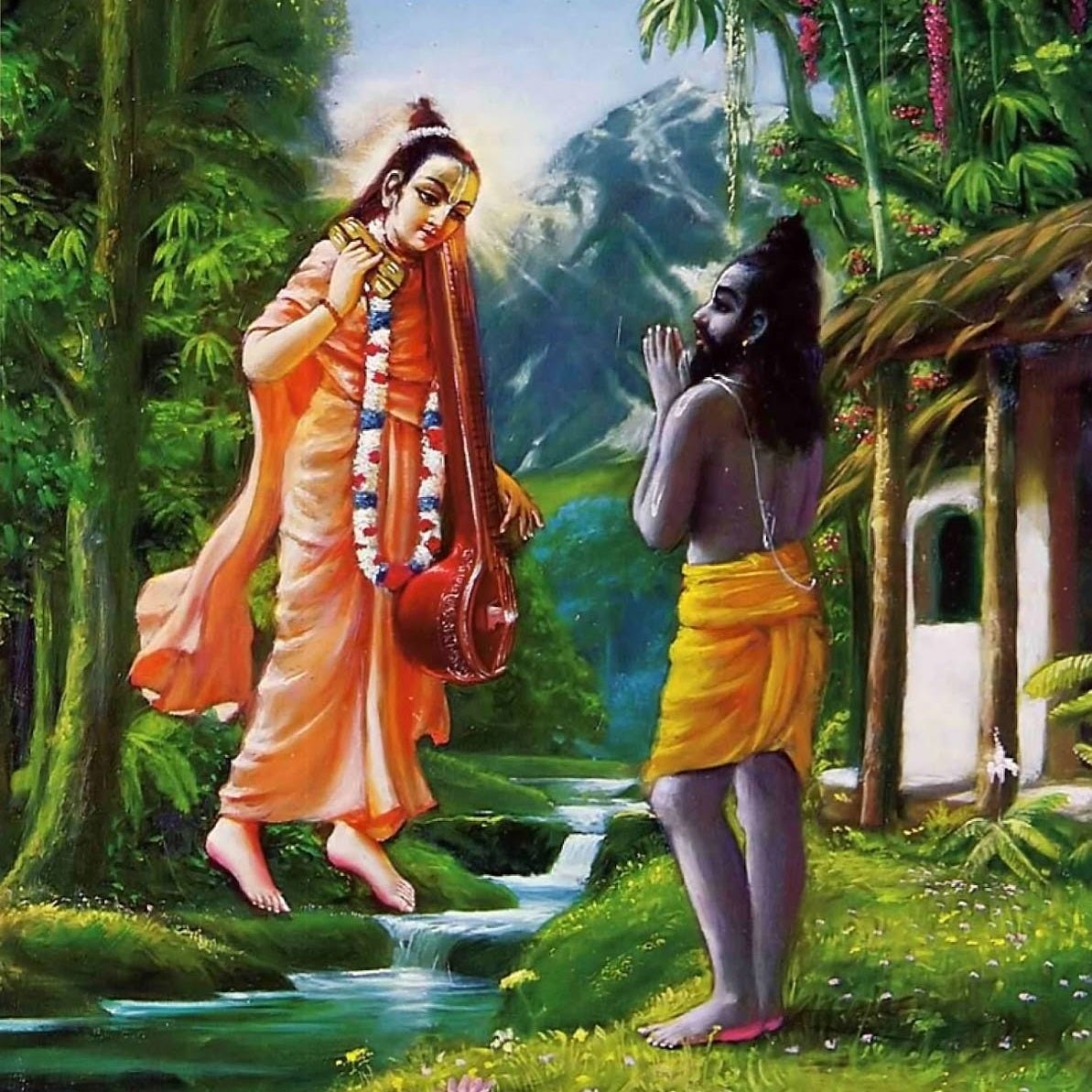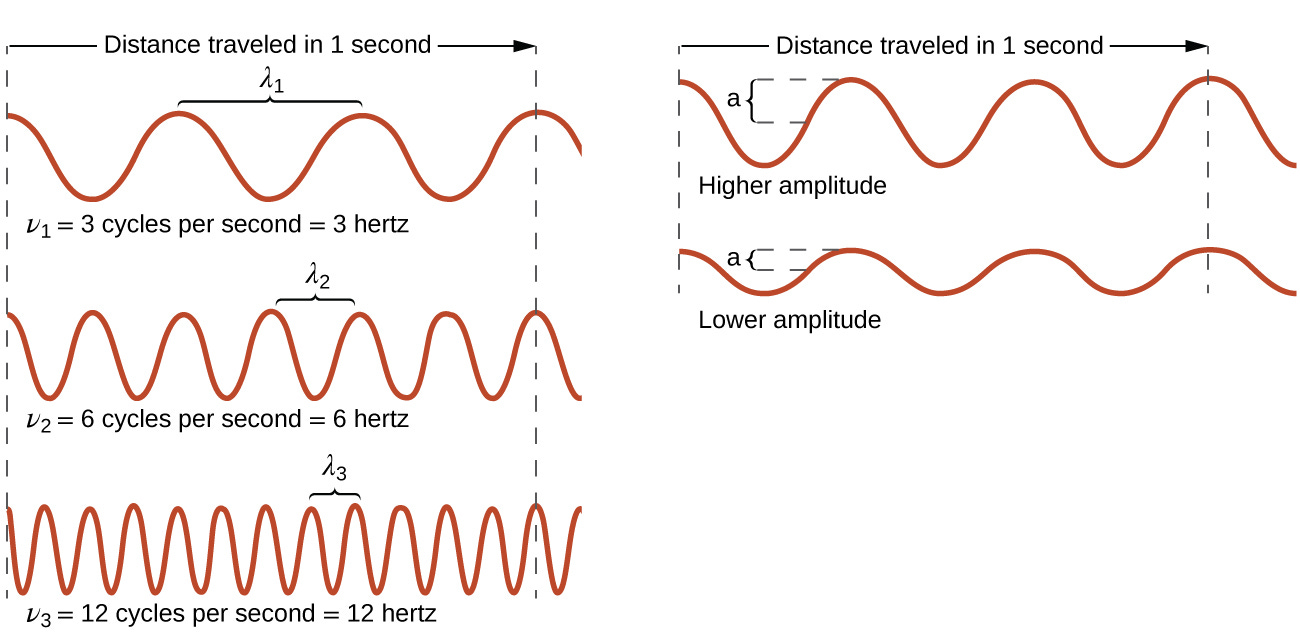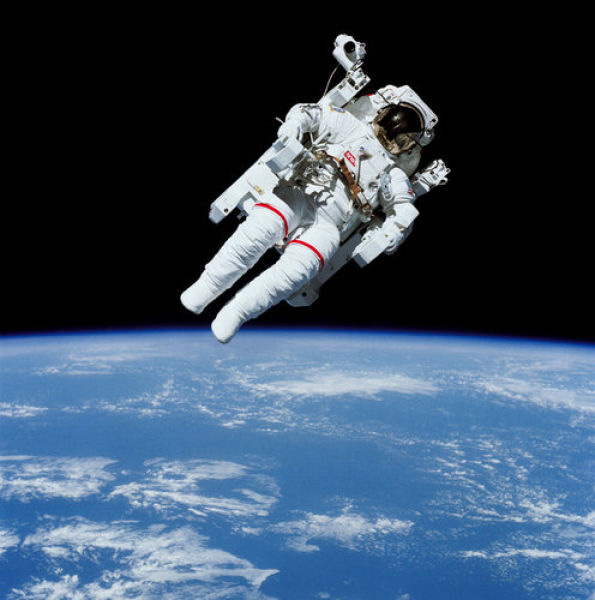Different perceptions of reality (The Intriguing Vedic Universe, ch.2)
At first, the model of the Universe given in the Vedas may look primitive, but a more careful study reveals that this is actually a quite elaborate explanation that offers a very compelling view.
'The Intriguing Vedic Universe' was my first book on Vedic cosmology, explaining the mysterious universe described in the Srimad Bhagavatam. It describes not just the physical aspects, in a level of detail that rivals modern science, but also the metaphysical aspects, the missing aspect that is missing in the modern perspective.
Chapter 2: Different perceptions of reality
According to modern astronomy, our universe is extremely vast but almost empty. The different stars and planets are separated by such extreme distances that it is practically impossible for one to go from one to the other. According to modern astronomers, Proxima Centauri is 40,208,000,000,000 km away from Earth, and that's the closest star. There is even doubt if life exists on other planets, or if it’s just an anomaly that just appeared once on Earth.
Modern view of the Universe
At first, the model of the Universe given in the Vedas may look primitive, but a more careful study reveals that this is actually a quite elaborate explanation, which is in many aspects more far-out than the wildest science fiction.
Once we go beyond the superficialities, the model of the Universe described in the Vedas is quite complex and offers a quite compelling explanation of the metaphysical structure of the Universe, with multiple dimensions, cosmic passages, and mystical features, based not on matter and physical laws, but different levels of consciousness. Studying the model of the Universe given in the Vedas is the key to not only better understanding the complexities and subtleties of our universe but also how to expand and elevate our consciousness.
The first point to understand is that the view of the cosmos given by modern science is based on sense perception, or what we can observe using our vision and other senses. It doesn’t matter if one tries to observe the universe using his naked eye or a telescope: he will be limited by his senses and intelligence.
In the Jyotish sastras, the Vedas also give a view of the universe very similar to modern science. Radha Mohan Prabhu shares that in the Surya Siddhanta, it’s described that the diameter of the Earth is 8000 miles (very close to the modern estimate of 7928 miles), and the distance from the Sun to Mars is estimated to be 1.54 AU (astronomical units) -- again very close to the modern estimate, that is 1.52 AU. The average distance to the moon is given as 415,210 km (close to the modern 384,000 km), and so on. The Surya Siddhanta even hints at the orbit of Uranus, which was “discovered” only in 1781. Therefore, the view of the Universe described by modern science was not unknown to the sages of previous ages. The question is that the Vedas offer something more.
In the model offered in the Srimad Bhagavatam, as well as in the other Puranas, our universe is organized in several levels of planetary systems, which resemble disks one on top of the other. In the middle, we have Earth and other intermediary planetary systems. In the lower half, we have the lower planetary systems, where the Asuras live, while in the upper half, we have the planetary systems where the Devas, as well as very elevated sages, live. In this description, each planetary system resembles a disk, and these different disks are stacked on top of the other, separated by a certain distance.
This view of the universe is radically different from what we learn in school, and also different from what we can observe when we look at the sky. How can we understand it?
The point is that modern astronomy, as well as the Surya Siddhanta, describes the universe according to the sense perception of human beings, matching what we can perceive using our senses. The Puranas on the other hand describe the Universe from the point of view of superior beings, who have different sets of senses and thus perceive reality in a completely different way than we do.
Most of the books in the Vedas were received by humanity from higher beings. Most of them were spoken by great sages or by inhabitants of the higher planets, while others were spoken by perfect beings from the spiritual realm. The Surya Siddhanta however was received from Maya Danava, an architect from the lower planetary systems. Being a materialist, Maya Danava is interested in the practical aspects of matter and not in spirituality. Therefore, he gave humanity knowledge of the gross dimension, the same we can also perceive. It’s not surprising thus that the model of the universe given in the Surya Siddhanta is very similar to the model conceived by modern cosmology.
In the Surya Siddhanta, very ingenious calculations are given. These calculations allow one to calculate the position of a planet at any given time. Nowadays, the calculation of the orbits of planets is done by complex software that takes a lot of processing power to run, while the calculations in the Surya Siddhanta were developed to be simple enough to be solvable by hand. This knowledge was used by sages in older times to calculate the position of different planets, eclipses, etc., calculations necessary for performing astrological calculations, which were taken very seriously by people in previous ages. This knowledge has thus a practical application.
The description offered by the Puranas on the other hand was given to humanity by higher beings and thus describes their view of the cosmos. These beings live in a subtle dimension and have not only a much higher level of consciousness but also different sets of senses.
It may sound strange that different beings can have such different conceptions of reality, but this is something that can be observed even on our own planet. Some carnivorous animals, like tigers, see in black and white, while we see in color. Butterflies can see ultraviolet light that is invisible to us, while certain animals can’t see at all, being guided only by smell. In fact, our concept of reality is based on electrical signals our brain receives from our eyes, nose, ears, etc. If one would receive a different set of senses, he would perceive reality differently.
In other words, we can only experience the world to the extent our senses allow, therefore our sense perception is not the most reliable instrument to understand how things really work. In the same way a person who is completely blind will never be able to understand what color is, the limitations of our senses prevent us from seeing and understanding many things that are experienced by higher beings.
Apart from physical differences, there is also a difference in consciousness. The concept of reality of an ant is rudimentary if compared to a human being. Similarly, our concept of reality is very limited if compared to the view of more evolved beings.
For us, the numerous planets and stars that compose the Universe are distributed in a more or less random fashion throughout the cosmos. For the demigods, however, planets and stars are grouped according to the level of consciousness of their inhabitants. Therefore, planets inhabited by beings of higher consciousness are grouped together and similarly, planets of beings of lower consciousness are close to each other. However, the planets of the higher beings are very far from the planets of lower beings. This leads to the semantical and hierarchical perception of the Universe that is described in the Puranas.
We can better understand how the universe may be perceived so differently by different beings with a simple example: In the same room, we can have different frequencies of radio signals, like AM, FM, TV, 3G, 4G, 5G, WiFi, etc. each one carrying a particular set of information. Although all the signals are simultaneously available, one can tune in according to the device he is using. Someone using an old radio will be able to capture only sound, while another with a television will be able to also see images. One with a phone will have access to the internet, which includes much more content, including radio and TV programs.
Not only different frequencies may carry completely distinct sets of information, but the same information may be organized in different ways on different medias.
On the TV, programs are organized in a linear way, and therefore two chapters of the same series may be very "distant" from each other (one may have to wait for a whole week), while on the internet the same programs are organized by topic, and one can go from one episode to the next effortlessly. On the TV, an episode of the series may be "closer" to a news program that is exhibited immediately after it, while the next episode may be very "far" being exhibited only in the next week, but on the internet, things are organized in a semantic way, and therefore one who is using the internet see them "close" to each other, in the same site or playlist, while the news program may be "distant", in a completely different address.
Similarly, our universe is composed of different dimensions, and space is organized in different ways according to the dimension one is living. Not only reality is much more complex than we can perceive with our senses, but different beings have different sets of senses and can perceive the universe in different ways. Just like the conception of reality of a human is much more evolved than the concept of reality of an ant, superior beings perceive the universe in a very different way than we do. For the Devas, everything is much closer and they can travel from one planet to the other the same way we visit different cities.
One can "tune-up" these different dimensions according to the particular set of senses he got, which is in turn determined by his consciousness in previous lives.
According to the Vedas, our concept of reality is determined according to our consciousness. Because of our consciousness, we assume a particular type of body, on a certain planet, and have access to a certain level of reality. In our case, we live in a gross dimension, where the universe appears cold and almost vacant, with the stars and planets very distant from each other and practically inaccessible to us. We are essentially imprisoned on our little planet by the law of gravity. Even if we send some probes or astronauts, at an exorbitant cost, to investigate what is beyond, we can't find anything very interesting outside.



